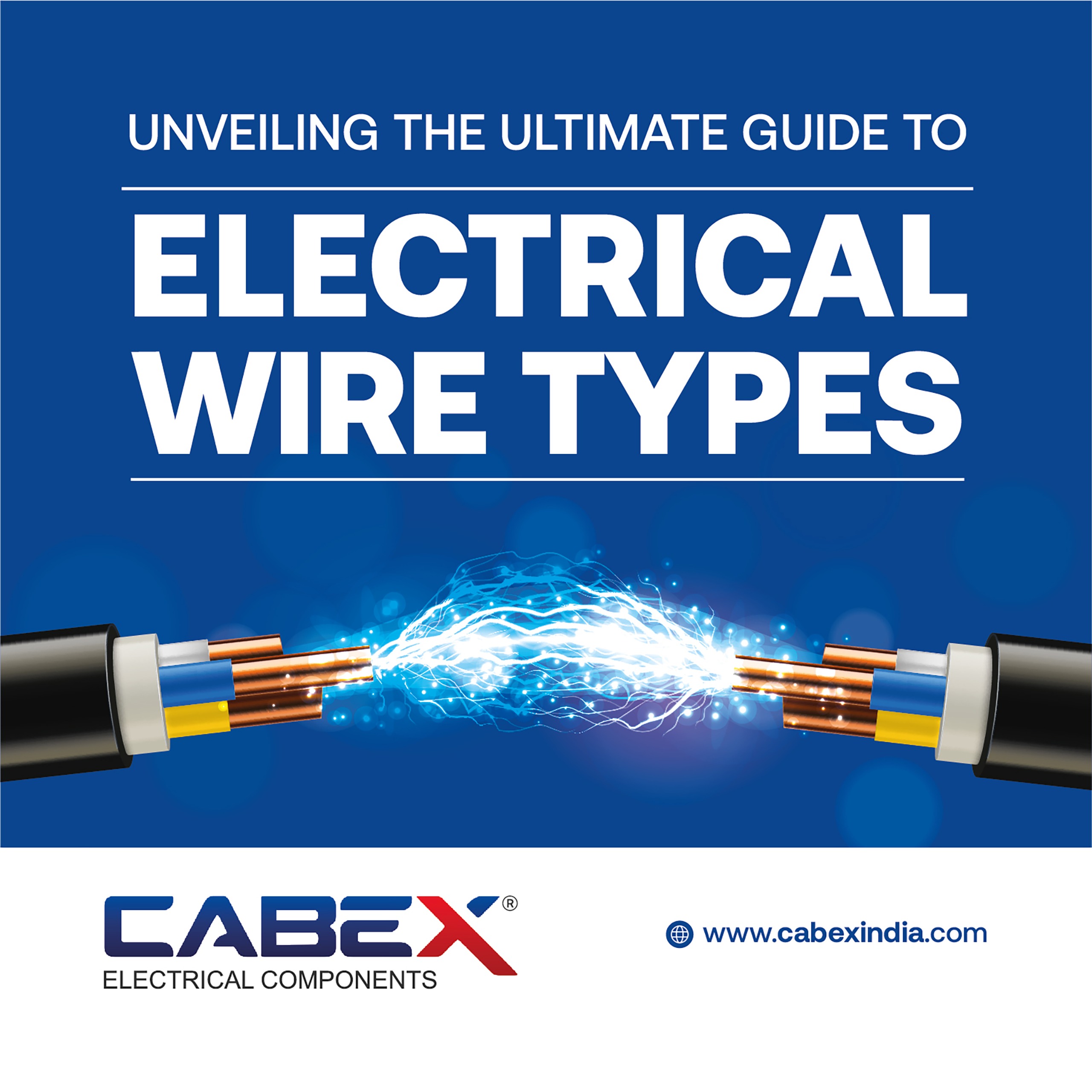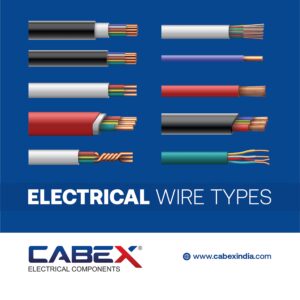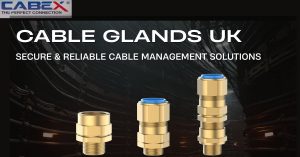Introduction to Electrical Wires
Knowing the details about different types of electrical wires is very essential for anyone involved in construction, renovation, or simply doing house maintenance. Electrical wires serve as the lifeblood of an electrical system by passing the current from its power source to various appliances and fixtures. Proper wiring selection in every application will provide safety, efficiency, and long service life for an electrical installation.
Electrical wires may be referred to as the lifeline of any electrical system because they play a very important role: transmitting electricity from one point to another. There are various types of electrical wires, and understanding them gives a clear knowledge of safety, efficiency, and compliance with electrical codes and standards.
What are Electrical Wires?
Electrical wires are conductive materials, mostly metals like copper, aluminum, or even silver, insulated. Both in variety and configuration terms, these wires can vary since their usage starts from simple house wiring up to complex industrial installations.
Understanding Electrical Wires
Knowing the characteristics and ratings of the different electrical wires helps to make conscious decisions at the time of installation, maintenance, and up-gradation of electrical systems. Moreover, it is useful in adhering to all the safety regulations and standards.
Different Kinds of Electrical Wires
1. Non-Metallic Sheathed Cable NM
Non-metallic sheathed cables, more popularly known as NM cables, are flexible and widely used in residential wiring. These wires consist of two or more insulated conductors cabled with a sturdy plastic sheathing to strengthen them for interior uses where the exposure to moisture is minimal.
2. Metal-Clad Cable (MC)
It is a cable design that combines the facility to bend easily while, at the same time, retaining a good level of mechanical strength. This cable consists of insulated wires that are covered with a flexible metal sheath. Mechanical protection and screening against EMI are provided by the braid on the insulated conductors. These cables find application in commercial and industrial premises.
3. Armored Cable (AC)
Armored cables have a metal jacket that is rugged, thus offering great protection from physical damage, moisture, and even rodents. They are perfectly suitable for outdoor and underground installations where mechanical strength is very important. The metal armor of armored cables also serves as the grounding conductor, enhancing safety.
4. Twisted Pair Cable
Twisted pair cables are ubiquitous in data networking and telecommunications. They have two insulated copper wires that are twisted together to reduce the effect of electromagnetic interference from other sources. Twisted pair cables per se could further be divided into shielded and unshielded types according to the environment expected, along with the measure of interference that must be kept out.
5. Coaxial Cable
Coaxial cables are constructed with a solid central copper conductor insulation, then a braided shield, and an outer insulating jacket. It has perfect shielding and is noted for low signal loss properties, thus finding major applications in cable television, internet connectivity, and other High-Frequency signal transmissions.
6. Direct Burial Cable
Direct-burial cables eliminate the need to envelop them in extra conduits or piping before laying them directly in the earth. This, combined with their waterproofing and moisture resistance, makes them especially useful in outdoor lighting, underground circuits, and so on, which call for “toughness” and “long-life.”.
Choosing the Right Electrical Wire
Choosing the right electrical wire involves considerations on the basis of application, voltage rating, environmental conditions, and compliance. The features of the application include whether it is to be used indoors, outdoors, or under ground. The voltage rating will then come into play to ascertain there is no overheating and other safety problems related to the same. Environmental conditions include exposure to moisture, chemicals, changes in temperature, and mechanical wear and tear. Compliance ensures the local electrical codes are adhered to in choosing and installing electrical wires. Tips While Installing Electrical Wires
Proper Installation indicates the Performance and Safety of Electrical Wires.
Avoid Overcrowding: Leave some space to not allow overheating from overcrowding. Secure Connections: All electrical connections should be secured, with the help of a proper type of connector so that short circuits or electrical failure does not occur. Labeling: Label the wires clearly to draw identification during times of maintenance or troubleshooting.
Inspection: Run regular checks on wires for signs of wear, damage, or degradation and replace them to ensure that electrical currency flows safely and reliably.
Classification by Material
Copper Wires
Copper wires are extensively used in electrical Wire owing to their excellent conductivity and durability features. They are suitable for both residential and commercial wiring projects.
Aluminum Wires
Although aluminum wires are lighter than copper wires, they are predominantly used only for overhead power lines and large-scale electrical transmission because they are cheap.
Silver Wires
Though less used because of their high cost, silver wires have the highest conductivity and are used in very specialized applications where minimal resistance is required.
Categorization Based on Usage
Domestic Wiring
Electrical wires utilized within a house are designed to usually carry lower voltage and currents than those utilized within industries or commercial purposes.
Industrial Wiring
Industrial wiring calls for sturdy wires that will accommodate higher voltage and currents, usually in very hostile environmental conditions.
Automotive Wiring
The wires are made to bear the vibrations and temperature changes and hence suitable for use within the automotive industries.
Conductors and Insulators
Conductors in Electrical Wires
Conductors are responsible for carrying electrical current from a power source to a load. They are generally fabricated from metals like copper or aluminum due to their high conductivity.
Need for Insulation
Electrical wires are coated with insulating materials such as PVC, rubber, or fiberglass to safeguard against electrical shocks and environmental elements. Good insulation is essential in ensuring safety of life and the durability of electrical installation.
Wire Gauge and Sizing
All about Wire Gauge
Wire gauge refers to the wire diameter or thickness. A thicker wire, receiving a lower value of gauge number, can sustain considerably large currents without overheating.
Sizing Considerations for Different Applications
Choosing the right wire size would look at things like voltage, current load, and distance taken during a wire run so that it supports performance and safety.
Solid vs. Stranded Wires
Advantages and Disadvantages of Solid Wires
Solid wires have one single piece of metal within them. With that, they are easier to terminate, so they work best in permanent installations. On the contrary, they do not have much flexibility, which makes them prone to breakage under repeated bending.
Advantages and Disadvantages of Stranded Wires
Stranded wires are those made of various smaller strands of wire twisted together. They are flexible and have less possibility of breaks from repeated motion or vibration; they are great when periodic movement or vibration is required.
Shielded vs. Unshielded Wires
Uses and Benefits of Shielded Wires
The shielded wires have an additional layer of insulation, called the shield, which protects against electromagnetic interference (EMI) and makes it fit for high EMI environments.
Uses and Benefits of Unshielded Wires
Unshielded wires also have simpler designs and are more economically appropriate to apply in instances where EMI is not an issue.
Armored and Non-Armored Wires
Application Areas of Armored Cables
The extra sheathing of metal over them makes armored cables applicable in outdoor and industrial situations where mechanical protection is needed.
Application Areas of Non-Armored Cables
Due to their nature of light weight and higher flexibility, they can be applied easily for indoor and residential cabling, where the significance of mechanical protection is on a much lower side.
Also Read: Electrical Cable Glands Size Charts
Twisted Pair type of cables
Functionality of Twisted Pair cables
Twisted Pair Cables are many pairs of insulated copper wires twisted together. They apply majorly to telecommunications and networking, allows least crosstalk and interference
Networking and Telecommunications
A necessity in Ethernet networks, telephone lines, and many other data transmitting uses, as it is reliable to function correctly, without any faults at a much lower price.
Coaxial Cables
STRUCTURE AND PURPOSE OF COAXIAL CABLES
A coaxial cable consists of a central conductor copper surrounded by layers, namely: insulation, shielding, and an outer jacket. They support high frequency transmission signal// with very minimal interference.
APPLICATIONS IN TELEVISION AND DATA TRANSMISSION
Coaxial cables have extensive use in cable television transmission, internet connections and CCTV systems associated with their function of carrying a high bandwidth over long distances with minimal attenuation.
OPTICAL FIBER CABLES
INTRODUCTION TO OPTICAL FIBER CABLES
Optical fiber cables utilize light signals for carrying the data through a center core Makeup of glass or plasticjad fibers. As a result, they provide high bandwidth and are resistant to electromagnetic interference.
Advantages of Optical Fiber Cables Over Traditional Copper Wires”
Due to the outstanding ability of optical fiber cables to transmit data without electrical interference, they are mainly applied in long-distance communications and high internet speeds.
High-Temperature Wires
Property and Applications of High Temperature Wires
High-temperature wires are those used to withstand extremely high heat without degradation and are suitable for applications like ovens, heaters, and industrial equipment. Crucial Industries High-temperature wires are important in industries such as aerospace, automobile, and manufacturing, where the temperature conditions are pretty high.
Low Smoke Zero Halogen (LSZH) Wires
Environmental Benefits of LSZH Wires
LSZH wires are made to produce minimal smoke and no corrosive, halogen gases when exposed to fire, reducing health risks and impact on the environment.
Conclusion
Understanding the various kinds of electrical wires and their associated fields of application in any electrical installation or repair work is very critical. The correct kind of wire, properly installed will ensure safety, efficiency and durability for your electrical system.






